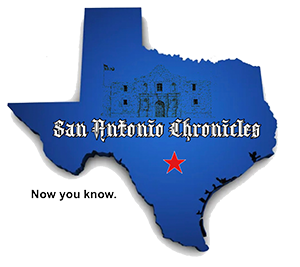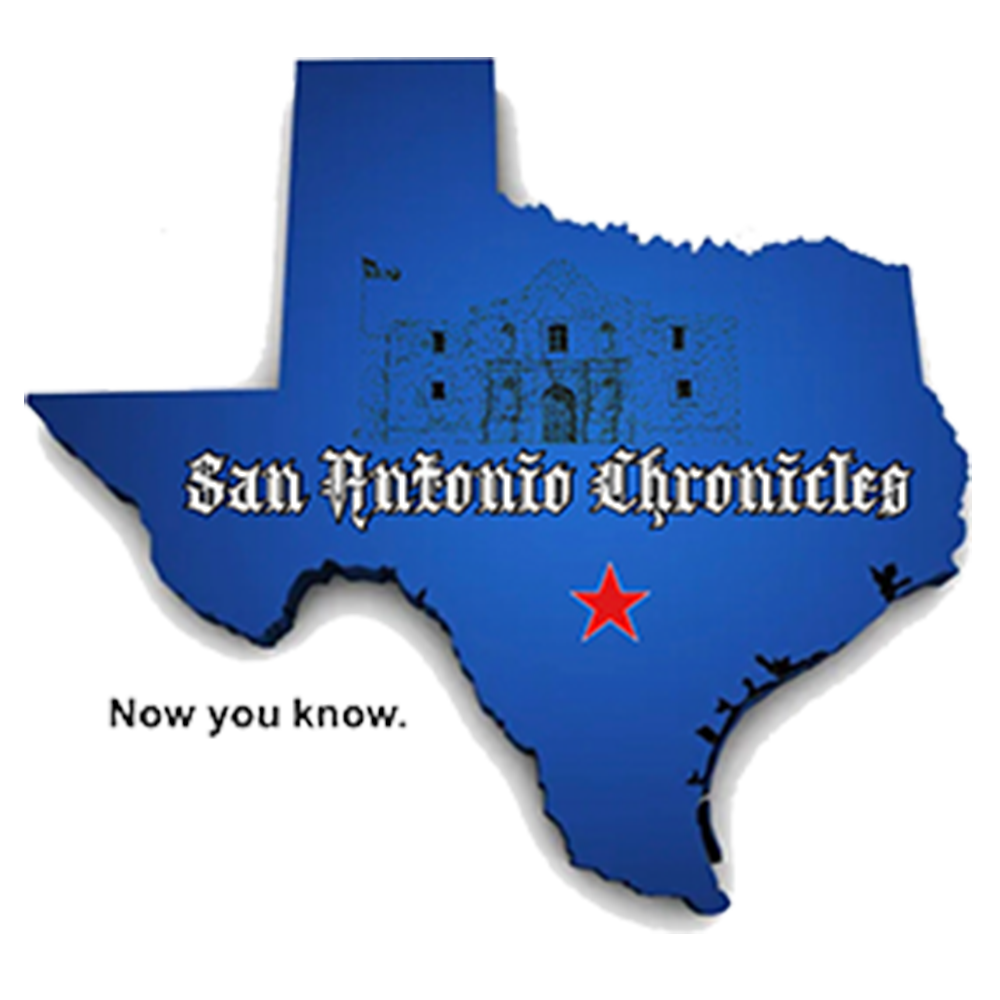Time is mind.
Well being care suppliers are taught this maxim to underscore the urgency in treating sufferers experiencing a stroke, throughout which blood move to the mind is proscribed and nervous tissue quickly misplaced.
Each minute with out therapy, 1.9 million neurons, 14 billion synapses and seven.5 miles price of nerve fibers are destroyed, one 2006 analysis paper discovered, getting older the mind by three and a half years each hour.
In line with Dr. Ryan Morton, a neurologist who treats strokes and mind aneurysms, the Westover Hills neighborhood of San Antonio has up to now confronted this race in opposition to time.
“These sufferers would are available in the place time is of the essence, and there’s nobody there to assist them,” Morton mentioned. Earlier than CHRISTUS Well being expanded neurological care to its Westover Hills hospital, residents’ closest choice for therapy was the South Texas Medical Heart.
In 2023, CHRISTUS Well being broke floor on a brand new four-story tower at its Westover Hills hospital that features a neurological intensive care unit and neuroscience institute. And in October, the hospital unveiled a brand new imaging machine that helps docs extra rapidly and precisely deal with strokes and aneurysms.
CHRISTUS has additionally accomplished building on an outpatient neurological clinic throughout from the hospital, which used to reside at CHRISTUS’ shuttered South Texas Medical Heart hospital, which is able to quickly turn into College Well being’s Babcock Specialty Hospital.
The growth in neurological care follows fast inhabitants development on San Antonio’s far west aspect.
“This a part of San Antonio actually desperately wanted that form of neurosurgical care,” mentioned Morton, a San Antonio native and U.S. Military veteran, joined the hospital in August.
In October, CHRISTUS officers celebrated the addition of a Philips neuro biplane system, “mainly an excellent fancy X-ray machine,” Morton mentioned, the primary of its form on the West Facet.
The imaging expertise permits docs to see tremendous detailed and magnified photographs of the blood vessels within the head and neck, which is crucial to rapidly and precisely deal with ischemic stroke, which happens when a blood clot prevents oxygen from reaching the mind.
The photographs additionally assist docs pinpoint mind aneurysms, that are bulges on the wall of blood vessels that may result in hemorrhagic stroke and mind bleeding in the event that they burst. These bulges are small, on common in regards to the dimension of a grain of rice, so the superior decision makes a giant distinction for docs.
“Typically the anatomy isn’t very clear,” Morton defined. “With the actual system we purchased, it ought to decrease these problems. It permits us to deal with these issues safely, rapidly and precisely, which wasn’t all the time obtainable with earlier iterations.”
In line with College Well being knowledge, Bexar County residents face larger dangers of stroke. The county’s stroke demise charge for individuals age 35 and older was 88 per 100,000 individuals from 2018-2020, larger than the Texas common of 78 and U.S. common of 73. The chance elements for stroke correlate with lots of the well being issues San Antonio residents face at larger charges, like diabetes, weight problems and hypertension.
“We positively have a considerably larger incidence of ischemic stroke in South Texas,” Morton mentioned. “If we will scale back the incidence of diabetes, hypertension, hyperlipidemia, the incidence of ischemic stroke will plummet as properly.”
Almost 50 million People dwell greater than 60 minutes from superior stroke care, a 2025 examine within the U.S. Facilities for Illness Management and Prevention’s Stopping Persistent Illness journal discovered. This group tends to be extra rural, poorer and faces an array of different well being challenges, the researchers discovered.
In line with a 2022 College Well being Bexar County well being evaluation, the close to Eastside of San Antonio had the best proportion (15%) of adults who reported experiencing a stroke. The close to West Facet had the second highest charge at 6.3%; the far West Facet wasn’t included within the knowledge.
Stroke survivors typically face an array of neurological, cognitive, behavioral and bodily challenges, the severity of which partially is dependent upon how rapidly they’re handled.
“The entry to care to this a part of city and with the ability to present emergency providers, significantly emergency neurologic providers, goes to dramatically enhance the outcomes of many ailments that in any other case would have had a really dismal consequence,” Morton added.





